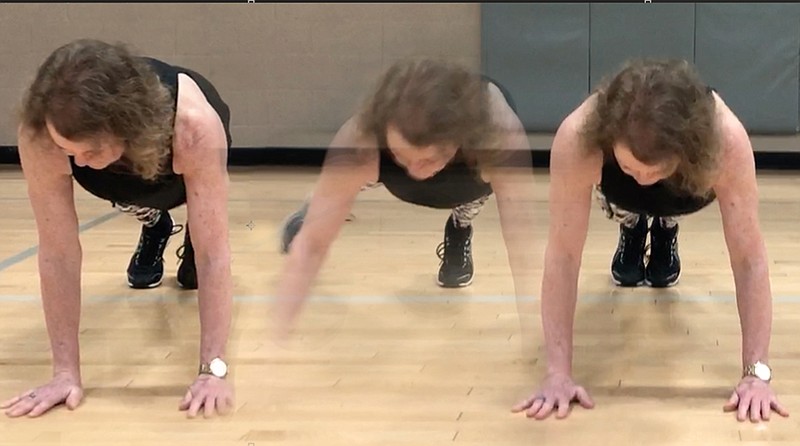Spring is generally associated with an uptick in caloric expenditure. As temperatures continue to climb with each passing week, yard work season is upon us. It is officially time to get outside and clean up any leftover fall leaves, mow the lawn and plant.
This week I have a few strategies for maximizing the yard-work fun factor while minimizing injury risk. And I have an exercise that is perfect for a little sweat in the sun.
Getting active outdoors is a fantastic way to supplement a formal exercise program, particularly for those who enjoy working in the yard. Gardening burns 200 to 400 calories per hour, and heavy yard work (hauling dirt, mulch, etc.) can double that. When you factor in all the preparation and shopping required, it's a nice bump in daily caloric burn.
But when you're starting a project, it is important to evaluate your fitness level. Think about how active you have been over the past few months and be realistic about your strength and endurance.
In general, it is best to start with small projects that require less than an hour to complete. This will give the body time to adjust to the new movement patterns associated with yard work. Bending over at the waist, lifting heavy objects from the ground and squatting to ground level all present real physiological challenges.
I recommend moving slowly when you do these movement patterns early in the season. Take your time getting down and getting back up. Rapid postural changes can affect blood pressure and heart rate dramatically, particularly when combined with existing health conditions or specific medications.
So, take your time. Enjoy the weather, relish the experience and resist the urge to hurry through yard projects.
Hydration is also critical, so take some ice water to the project site. A squeeze bottle with cold water is a great refresher, and it will keep the body hydrated while working in the sun.
Stretching before and after the project is also a great practice. The hamstrings and lower back are constantly challenged by yard work, so focus on those areas specifically. This will reduce post-project soreness, reduce the risk for a pulled muscle and improve overall flexibility.
This week's exercise is designed to help prepare for outdoor activity by strengthening the core muscles. The Spider Walk is appropriate for almost all fitness levels and can be performed indoors or outdoors with no equipment required.
1. Get into the "up" phase of a pushup.
2. Move the right hand and right foot simultaneously to the right about 12 inches.
3. Walk the left hand and left foot to the right the same distance.
4. Continue moving the right side and then the left side so that you're shifting your entire body across the floor.
5. Go about 10 feet this way, then "walk" your body back to the starting position.
6. Perform two or three trips, take a 60-second rest and do two or three more.
This type of exercise will not elevate the heart rate much, and the exerciser should not feel the "burn" that is associated with strength training. But it is a fantastic way to challenge the core and improve mobility while under resistance, which is exactly the type of mobility that is needed for yard work.
I recommend performing this exercise two or three days per week during spring for best results. Now, let's get outside and plant!
Matt Parrott has a doctorate in education (sport studies) and a master's in kinesiology and is certified by the American College of Sports Medicine.
vballtop@aol.com
